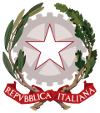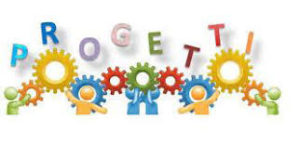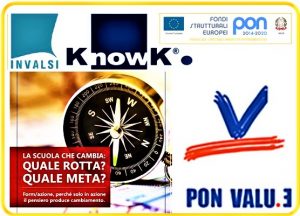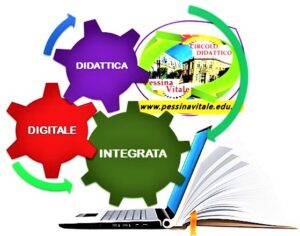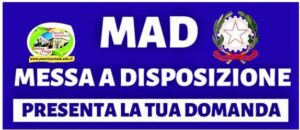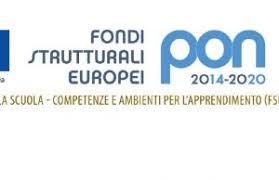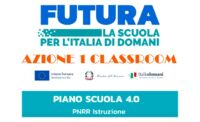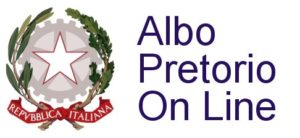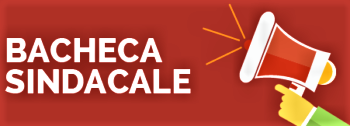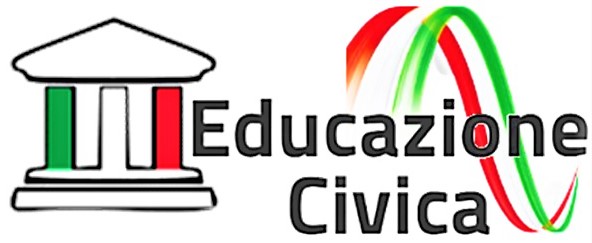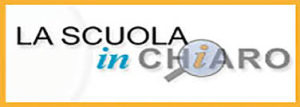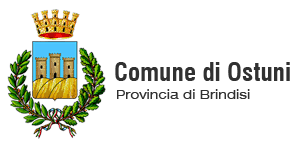Serbs
The region of Slovenian Istria meets the Adriatic Sea, the place crucial historic monument is the Venetian Gothic Mediterranean town of Piran while the settlement of Portorož attracts crowds in summer season. High degree of openness makes Slovenia extraordinarily delicate to economic circumstances in its primary buying and selling companions and modifications in its international price competitiveness. The major industries are motor autos, electrical and electronic equipment, equipment, prescribed drugs, and fuels. Traditional regions were based mostly on the former Habsburg crown lands that included Carniola, Carinthia, Styria, and the Littoral. There is not any official intermediate unit between the municipalities and the Republic of Slovenia.

In the 1840s, the Slovene nationwide movement developed far beyond literary expression. In 1848, the primary Slovene nationwide political programme, known as United Slovenia (Zedinjena Slovenija), was written within the context of the Spring of Nations motion inside the Austrian Empire. It demanded a unification of all Slovene-speaking territories in an autonomous kingdom, named Slovenija, throughout the empire and an official status for Slovene. Although the project failed, it served as an important platform of Slovene political activity within the following a long time, notably in the 1860s and 1870s, when mass Slovene rallies, named tabori, were organised.
Population overseas
Added to this, in the first half of the Ottoman period men of Greek origin made up a significant proportion of the Ottoman army, navy, and state bureaucracy, having been levied as adolescents (along with particularly Albanians and Serbs) into Ottoman service through slovenian girl the devshirme. Many Ottomans of Greek (or Albanian or Serb) origin were subsequently to be found inside the Ottoman forces which governed the provinces, from Ottoman Egypt, to Ottomans occupied Yemen and Algeria, frequently as provincial governors.
The lime/linden tree, common in Slovenian forests, is a nationwide image. The tree line is at 1,700 to 1,800 metres (5,600 to five,900 ft).
Protected areas of Slovenia include nationwide parks, regional parks, and nature parks, the most important of which is Triglav National Park. There are 286 Natura 2000 designated protected areas, which comprise 36% of the country’s land space, the biggest percentage amongst European Union states. Additionally, based on Yale University’s Environmental Performance Index, Slovenia is considered a “sturdy performer” in environmental protection efforts. Approximately eight% of the complete Slovene inhabitants died during World War II. The small Jewish group, principally settled within the Prekmurje area, perished in 1944 within the holocaust of Hungarian Jews.
It was created in 1821 and houses quite a lot of attention-grabbing and informative artifacts, some of which date back to the Stone Age. There are a wide range of everlasting displays on the museum as well as the occasional rotational exhibit.
Nevertheless, Greek surnames are most commonly patronymics, such those ending within the suffix -opoulos or -ides, whereas others derive from trade professions, bodily characteristics, or a location such as a city, village, or monastery. Commonly, Greek male surnames end in -s, which is the common ending for Greek masculine correct nouns within the nominative case. Occasionally (particularly in Cyprus), some surnames finish in -ou, indicating the genitive case of a patronymic name. Many surnames end in suffixes which are associated with a particular region, such as -akis (Crete), -eas or -akos (Mani Peninsula), -atos (island of Cephalonia), -ellis (island of Lesbos) and so forth. In addition to a Greek origin, some surnames have Turkish or Latin/Italian origin, particularly amongst Greeks from Asia Minor and the Ionian Islands, respectively.
Language
Lutheranism was the most well-liked Protestant denomination among Slovenians, with minorities, most notably Calvinism. Protestantism is tightly-knit with the historical past of Slovenians, with the Slovenian language having been established in the Reformation.
At the end of the month, the final troopers of the Yugoslav Army left Slovenia. In 1987 a bunch of intellectuals demanded Slovene independence within the 57th edition of the magazine Nova revija. Demands for democratisation and more Slovenian independence had been sparked off. A mass democratic movement, coordinated by the Committee for the Defence of Human Rights, pushed the Communists within the course of democratic reforms. Following the re-institution of Yugoslavia throughout World War II, Slovenia became a part of Federal Yugoslavia.
In addition, some forty six,000 Slovenes had been expelled to Germany, including youngsters who were separated from their dad and mom and allocated to German households. At the identical time, the ethnic Germans in the Gottschee enclave in the Italian annexation zone had been resettled to the Nazi-controlled areas cleansed of their Slovene population.Around 30,000 to forty,000 Slovene men were drafted to the German Army and despatched to the Eastern front. The Slovene language was banned from education, and its use in public life was limited to the absolute minimum. The Slovene People’s Party launched a movement for self-determination, demanding the creation of a semi-impartial South Slavic state beneath Habsburg rule.
Hungarian and Italian, spoken by the respective minorities, benefit from the status of official languages within the ethnically combined regions alongside the Hungarian and Italian borders, to the extent that even the passports issued in these areas are bilingual. In 2002 round 0.2% of the Slovenian inhabitants spoke Italian and round 0.4% spoke Hungarian as their native language. Hungarian is co-official with Slovene in 30 settlements in 5 municipalities (whereof 3 are formally bilingual).
TOP 5 experiences in the Alpine Slovenia
The New Testament was originally written in Koine Greek. Following the Fall of Constantinople on 29 May 1453, many Greeks sought better employment and training opportunities by leaving for the West, notably Italy, Central Europe, Germany and Russia.
A important variety of folks in Slovenia communicate a variant of Serbo-Croatian (Serbian, Croatian, Bosnian, or Montenegrin) as their native language. These are principally immigrants who moved to Slovenia from different former Yugoslav republics from the 1960s to the late Eighties, and their descendants. In 2002, 0.4% of the Slovenian population declared themselves to be native audio system of Albanian and zero.2% native speakers of Macedonian. Czech, the fourth-largest minority language in Slovenia prior to World War II (after German, Hungarian, and Serbo-Croatian), is now the native language of some hundred residents of Slovenia. The official language in Slovenia is Slovene, which is a member of the South Slavic language group.
During the identical interval, Yugoslavism, an ideology stressing the unity of all South Slavic peoples, spread as a response to Pan-German nationalism and Italian irredentism. 19th centuryConquest of Constantinople by the Ottoman Empire. Phanariot Greeks occupy excessive posts in Eastern European millets.1830sCreation of the Modern Greek State. Large-scale migrations from Constantinople and Asia Minor to Greece happen.
Warrington With Kids – The Best Things to See and Do…
Outside Europe, there are vital Serb communities within the United States, Canada, Australia, South America and Southern Africa. There are almost eight million Serbs dwelling in the Western Balkans. In Serbia (the nation state), around 6 million folks identify themselves as Serbs, and constitute about eighty three% of the inhabitants. More than a million reside in Bosnia and Herzegovina (predominantly in Republika Srpska), where they are one of many three constituent ethnic groups.
